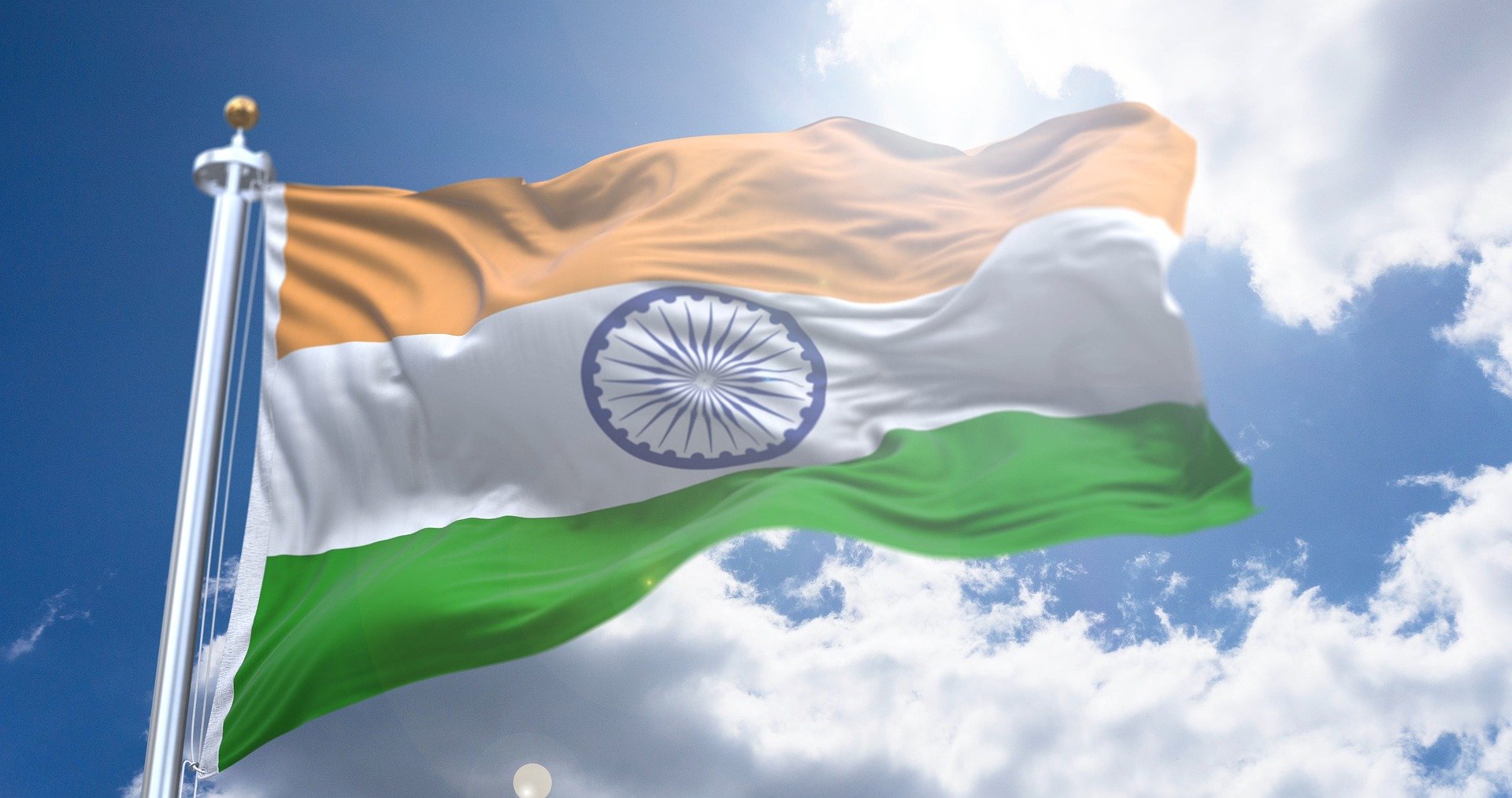India, the land of great leaders, cultures, values and virtues has glimpses of incredible India in every sphere. Education in India has flourished gradually yet phenomenally over the last seven decades. Let’s discover how the landscape of pedagogy has changed post republic period in India turning into its present form.
The present or the modern system of learning was introduced by the British in India in 1820 by Lord Thomas Babington. Although the curriculum was limited to studying subjects like science and maths, it introduced the English language in the syllabus. But the traction of education gained pace post independence when pedagogy which was only meant for the elite section of the society was made available to everyone.
Literacy Rate
When British rule ended in 1947, the literacy rate of India was just 12%. And the rate has increased to around 74% in the 2011 census. After the 2011 census, the literacy rate of India was 74.04% with 82.14 percent for males and 65.46 percent for females.
Establishment of educational institutions
A major factor that contributed to the increase in education accessibility is the establishment of educational institutions (both private and public). Post independence, there were only 21 universities, 496 colleges and 5000 secondary schools in India. Post independence, the first IIT was established in the 1950’s to encourage the technical learning space in India. And presently the number of educational institutions in India has increased with an exponential rate. There are more than 14 lach schools, 760 universities and 38 thousand colleges extending the education in both technical and non technical studies with the globally standardized facilities.
Right to Education
The Right to Education Act or the Right of Children to Free and Compulsory Education Act is mentioned in the Indian constitution that provides free and compulsory education to the children between the age of 6 and 14. RTE is an act of Indian parliament and was passed in 2009.
Government initiatives
The Ministry of Education or the Ministry of Human Resource Development undertakes the responsibility of implementing educational policies in the country. It ensures the planned development of education including uplifting the quality of educational institutions of the country and expanding it across the regions where people don’t have easy access to education. It also implements the National Education Policy.
The government of India keeps on introducing various policies, scholarships, and initiatives to ensure pedagogy is not just enriching but is equally accessible to everyone irrespective of caste or creed.
The milestones of education are not a day’s growth, it takes years of progress. The educational institutions in the country ensure learning to be morally sound, socially committed, physically healthy, emotionally balanced, spiritually oriented, and culturally enriched that evolves students to be worthy citizens of our society. A lot has been done, a lot needs to be done, and we are proud of how much we have grown in terms of education.
Edustoke bridges the gap between schools and parents empowering Indian pedagogy infrastructure, connect with us and find the best boarding school in India for your child.
